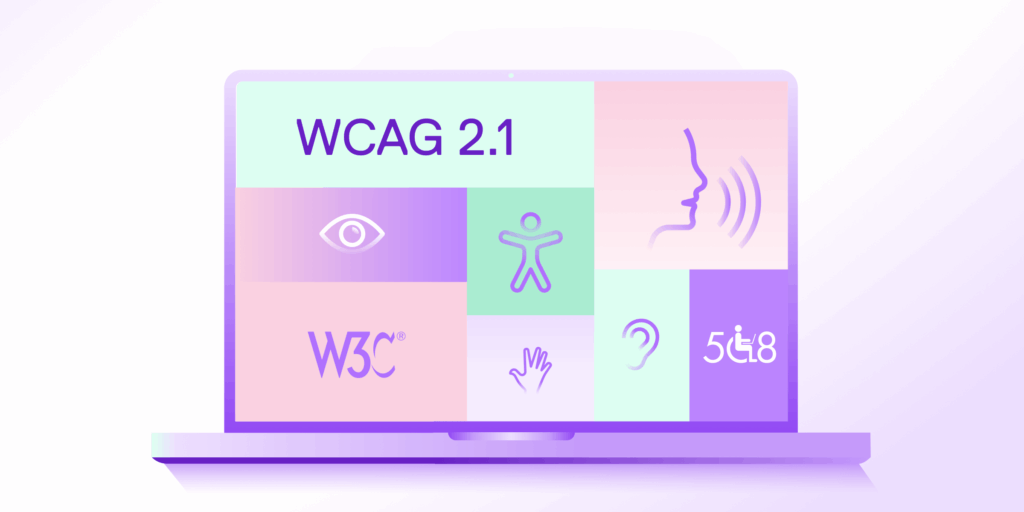It’s the stuff of endless frustration and wasted time: poorly crafted and often vague student emails that only lead to more questions and more back and forth.
Just as you set norms for discussion and communication for face-to-face classes, doing the same for online written communication can pay dividends for you and your students, especially with so much learning happening virtually. Being clear about expectations for email etiquette makes it easier to ensure questions and clarifications are sent and addressed in a timely and respectful manner. And that’s good for everyone involved!
Here, we provide some guidelines you can share to set students on the right track.
1. The salutation: how to write an email to a professor
‘Dear Professor’ is always a good place to start. If you are unsure of titles or positions, using the term ‘professor’ is a safe bet. You can never go wrong by erring on the side of formality.
Most professors teach multiple classes. So clearly identify yourself—in the first paragraph. This includes providing your full name, student number, course title and section number along with any other pertinent details.
2. Use proper spelling and punctuation
This is higher education and the expectations are, well, higher. Be mindful of spelling, capitalization, and proper grammar. Abbreviations, slang and short forms can muddy your message, leading to unnecessary back and forth.
Take time to review what you’ve written to ensure it’s error-free and that your question is clear and concise. Last, double-check attachments and any screenshots you may be including for personal information or unwanted details.
3. Use a clear subject line
Professors receive a lot of emails. Make it easy for them to prioritize a response. A clear subject line articulating your question or request will help them understand your need at-a-glance and respond more quickly. To differentiate your message from the rest, your subject line should be brief and specific.
4. Be mindful of tone
Tone, format and phrasing all make an impact on the way your email is received. If you are stressed or upset, sometimes it’s best to sleep on it before sending or responding to an email.
Above all, treat faculty with respect. They’ll be more likely to want to help you out.
5. Check the syllabus
Have you checked your course syllabus? Maybe the answer is already there. If it’s not, referencing the fact that you’ve done so in your email can provide helpful context and demonstrate you’ve done your due diligence.
6. Provide enough context
Don’t assume your professor is a mind reader or will recall every detail of the course. Before jumping into the specifics, set the stage. Is there a specific lecture or topic your question pertains to? State this so the context is clear and then get into the details. But be sure to be concise. If your need isn’t clear to you or your challenge is broader than you first thought, it may be best to discuss your issue directly during faculty office hours.
7. How to end an email to a professor
An overly casual sign off, or no signoff at all, is poor email etiquette and should be avoided. So think about the close to your email. Just like your opening salutation, this simple step says a lot about you. Using ‘sincerely,’ ‘regards’ or ‘thank you’ are all suitable options.
Last, be sure to show gratitude. It never hurts to acknowledge the time and effort, however modest, required to respond to your request.
It might seem like a small thing, but a little formality and care can go a long way in making a good impression—all of which affect a professor’s desire to be of assistance.
Click here to learn more about Top Hat’s suite of virtual classroom tools, designed to foster connection and community, wherever learning takes place.


